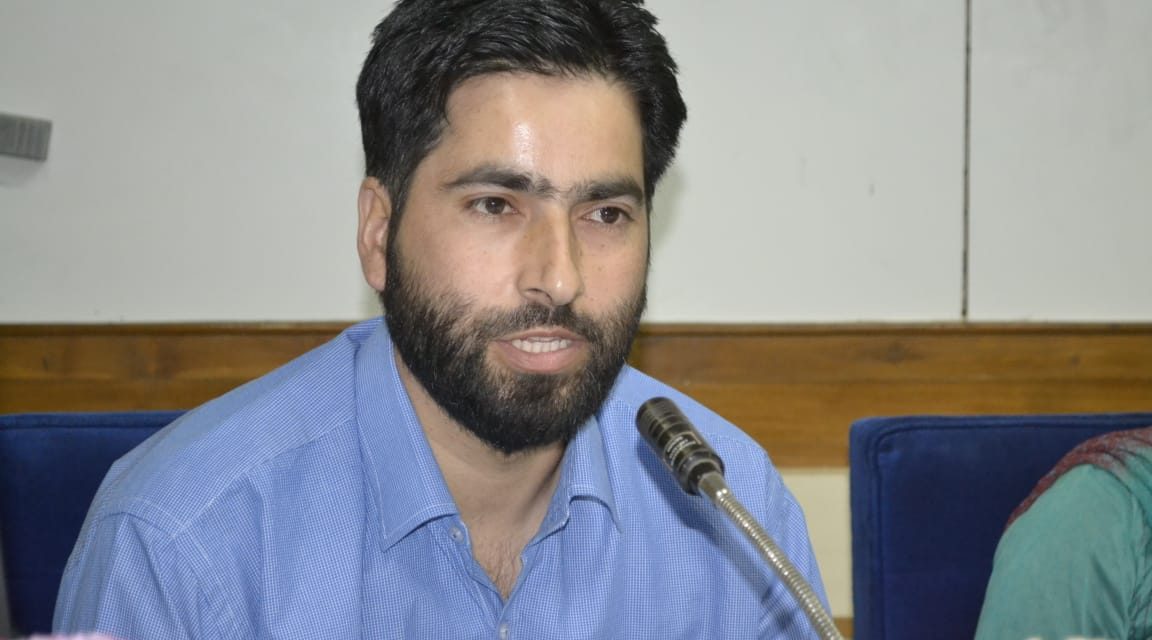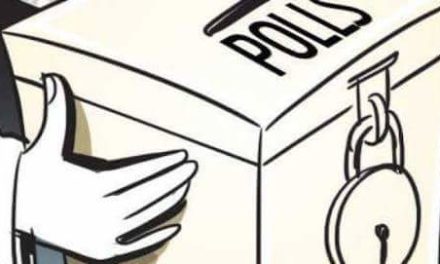![]()
KNZ CORRESPONDENT
Ganderbal 02 Dec (KNZ):Department of Electronics and Instrumentation Technology, University of Kashmir Sr Assistant Professor Dr Shabir Ahmed Parrah has been named among the top 2% scientists of the world by Stanford University (USA) study.
Dr. Shabir Ahmad Parah has earned a rare honor of figuring in the Stanford University’s list of top 2 percent scientists in the world, bringing laurels to the University.
The database, a work of John Ioannidis, Kevin Boyack and Jeroene Bass from the departments of Medicine, Epidemiology and Public Health and Biomedical Data Science, University of Stanford, California, USA has been published in the October issue of PLos Biology.
It evaluated the global impact of the works of top scientists in the World.Hailing from Zazna Village of central Kashmir’s Ganderbal district, Dr. Shabir has been listed in Field of Networking and Telecommunications and, sub-field of Artificial Intelligence & Image Processing, recognizing his outstanding research work based on Multimedia security and Biomedical Image processing.
Dr. Shabir has had all his education, M. Sc. Electronics, M.Phil. Electronics and Ph. D. Electronics, from the Department of Electronics University Kashmir. He happens to first student from valley to have qualified JRF/NET in the subject of Electronics in the year 2008. Subsequently he joined the Department of Electronics, University of Kashmir, as Assistant Professor in the year 2010.
Dr. Shabir has authored more than 120 research papers in SCI journals and conferences.His work has been published in IEEE Transactions, IEEE Journals, and Journals from other reputed publishers like Elsevier/Springer/Wiley etc. In addition he has edited one book on Multimedia Security (Springer-Nature) and contributed 15 chapters in the edited books.
Dr. Shabir has so far bagged four IEEE Conference awards which include three Best Technical Paper Awards; one at ICAECC-Bangalore (2014), two at INDICON-New Delhi (2015) and one best Algorithmica Award at ICIIP-Shimla (2017).
He has succeeded in obtaining a research grant to the tune of about 12 million INR from Department of Science and Technology, Ministry of Science and Technology, New Delhi, and University Grants Commission.KNZ























